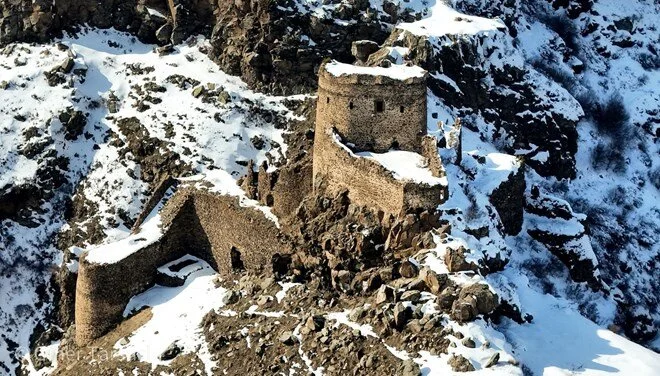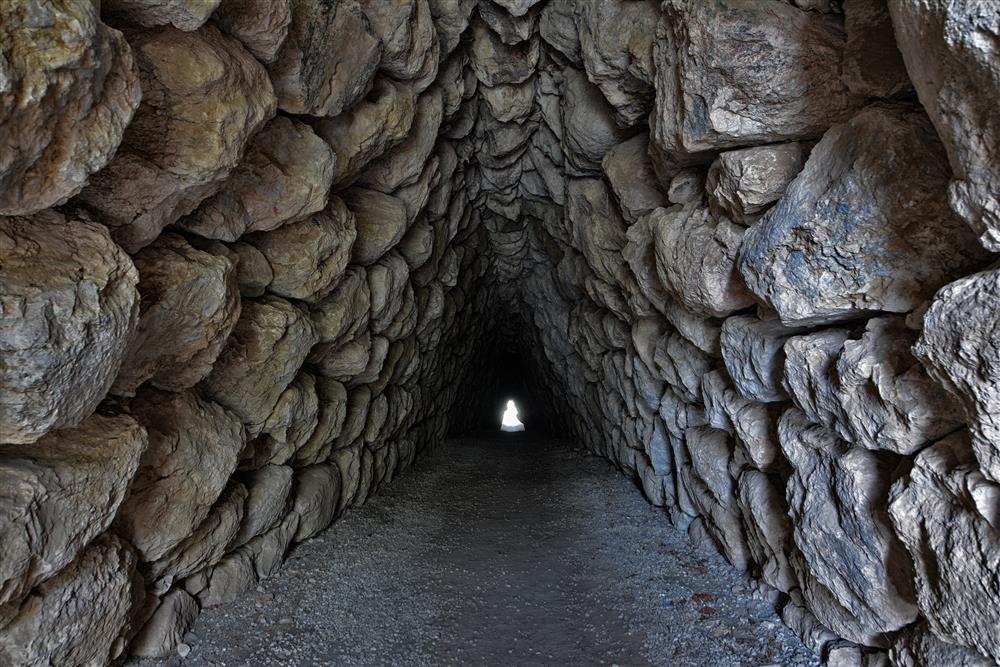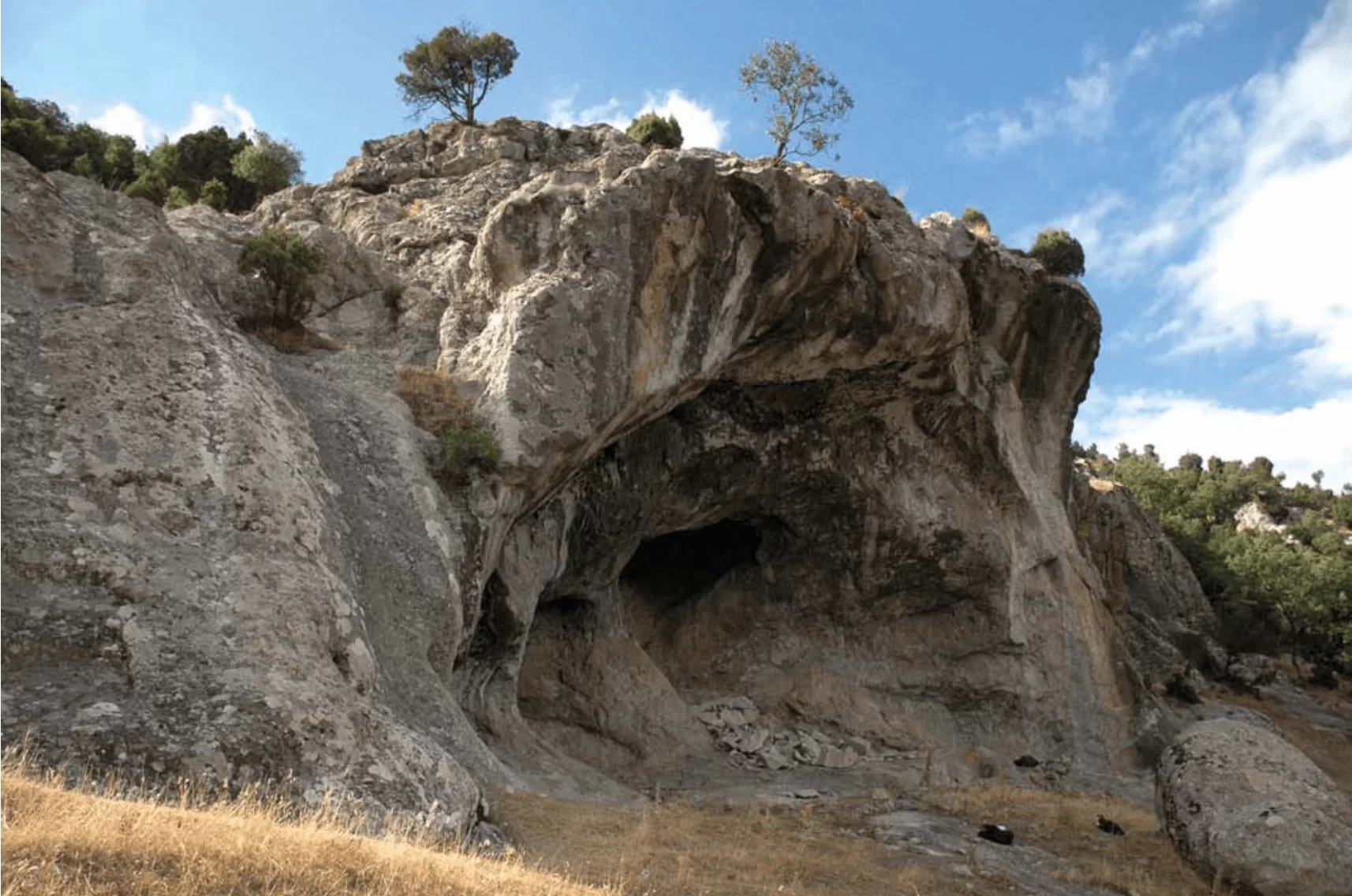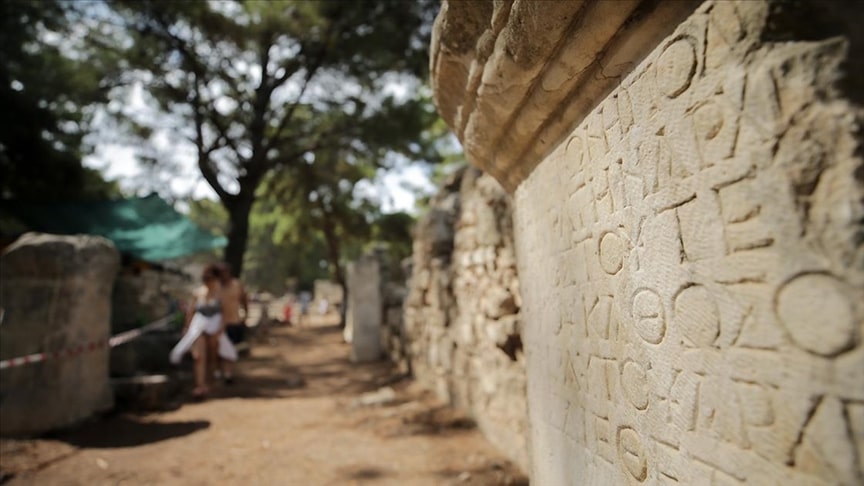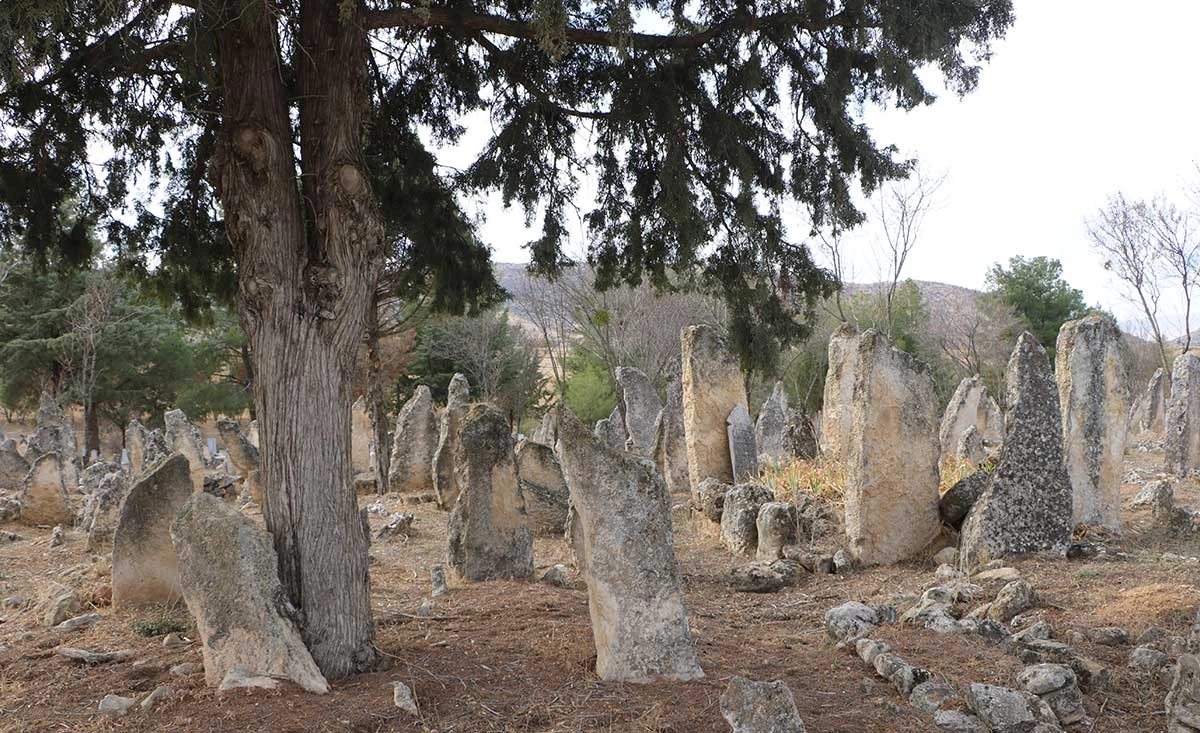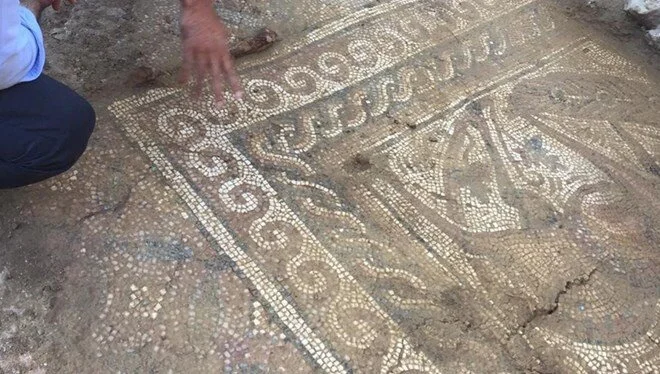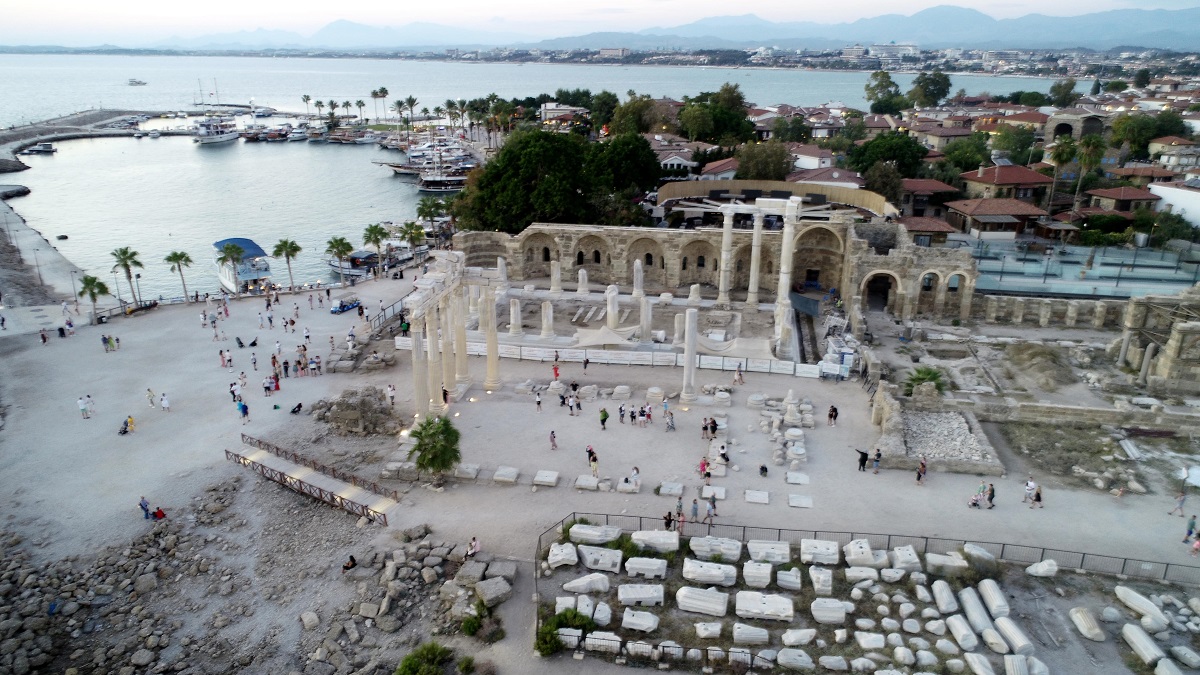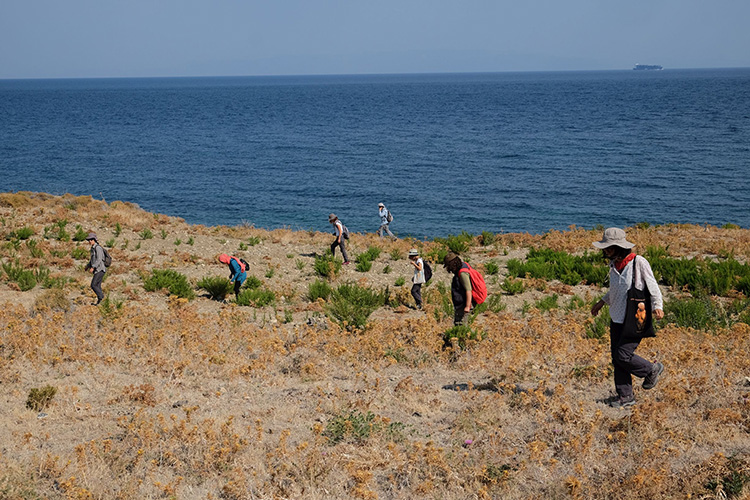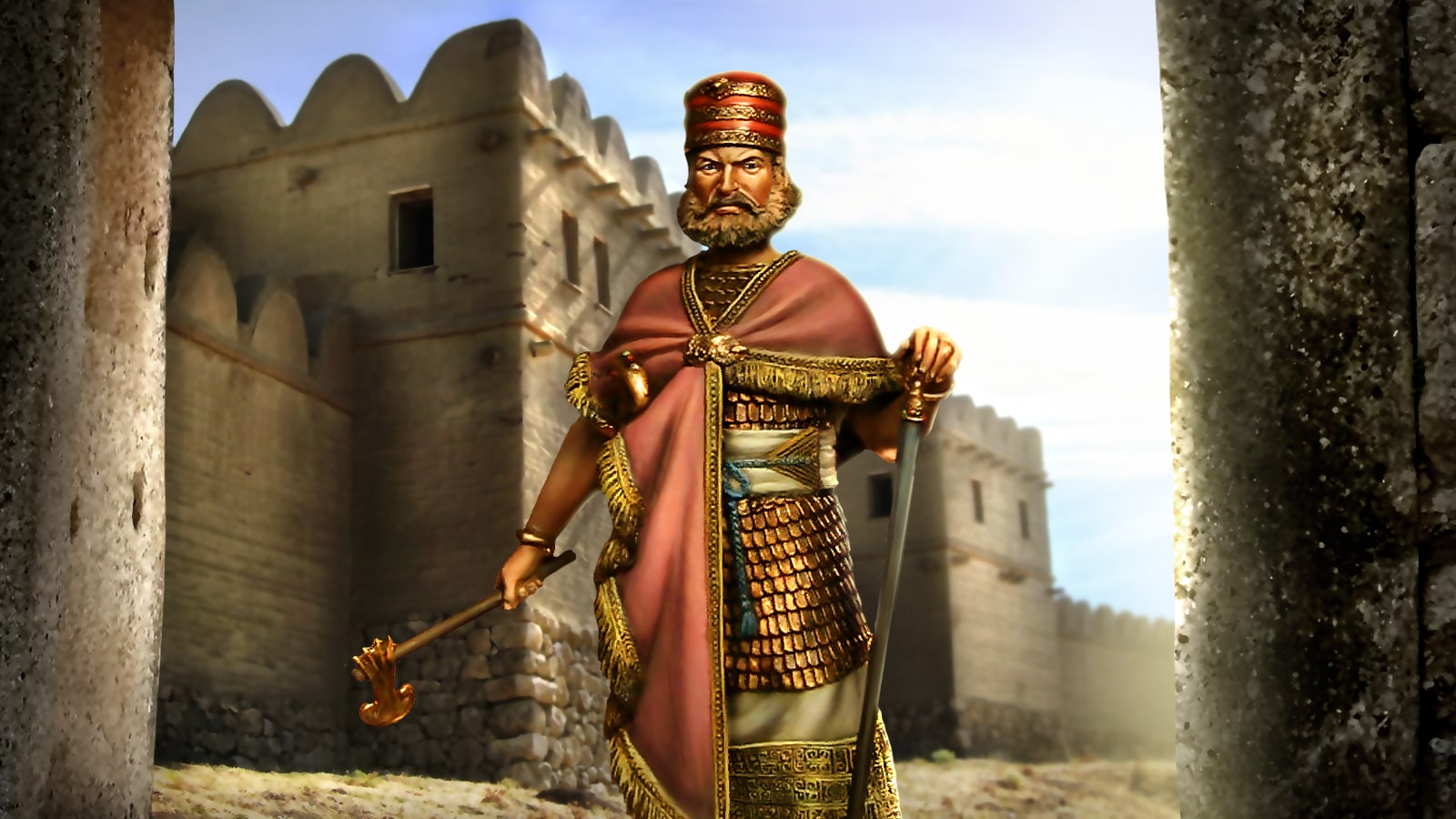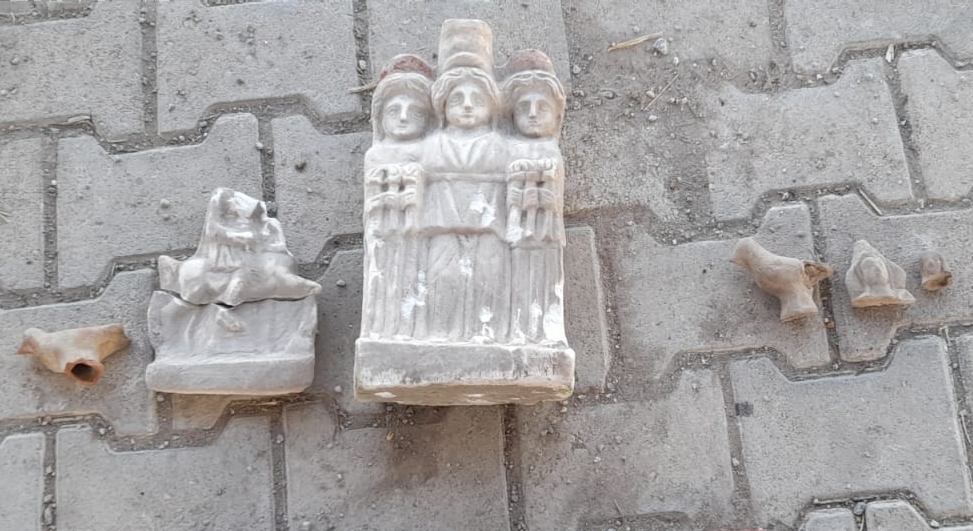The traces of the legendary Trojan War, where heroism, love, revenge and betrayal took place, are being searched for at the Troy Ruins.
With 5600 years of settlement, Troy Archaeological Site is located within the borders of Tevfikiye village of Çanakkale province in the west of today’s Türkiye.
Troy Ruins was included in UNESCO’s ‘World Cultural Heritage List’ in 1998.
The 2024 excavations at the Troy Ruins continue under the presidency of Prof. Dr. Rüstem Aslan, Faculty Member of Çanakkale Onsekiz Mart University (ÇOMÜ) Faculty of Humanities and Social Sciences.
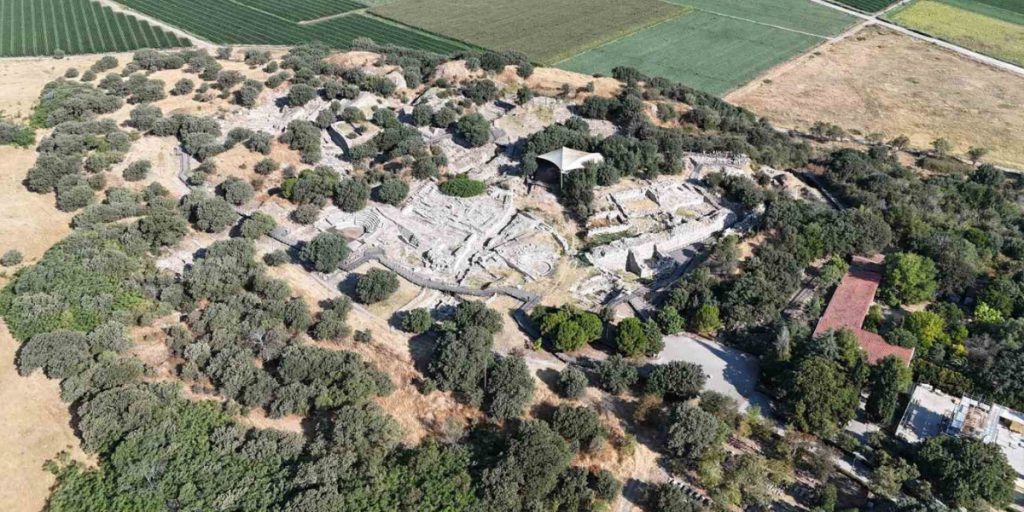
Stating that they aim to find the traces of the Trojan War in this excavation season, Rüstem Aslan said, “We are excavating an area such as an entrance and city square of the Late Bronze Age. Undoubtedly, we will come across important surprise finds here in the coming weeks. One of our main goals here is to reach archaeological data belonging to the Late Bronze Age and Homeric Troy and perhaps the Trojan War.”
For more than 160 years, Troy, where excavations have been ongoing, has been searching for answers to many questions. One of the most important of these questions is whether Homer’s Troy was a lower city in Troy.
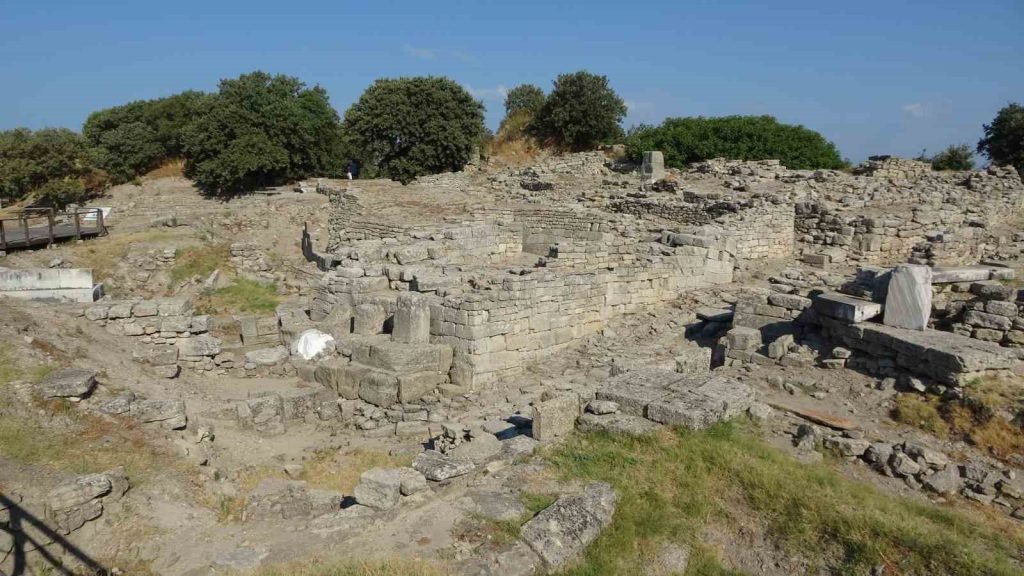
Looking at the old excavation reports, Aslan said that there were some doubts that the castle was small and that it did not resemble Homer’s narratives, “But especially in the excavations of the Manfred Osman Korfmann period, it was revealed that it was a lower city belonging to the Late Bronze Age, that is, the Late Bronze Age of Homer’s Troy. We are excavating in the Agora area of the Hellenistic Roman Period. One of the main reasons why we are excavating here is to find out what happened archaeologically outside the continuation of the Last Bronze Age South entrance, that is, the great magnificent Troy Castle, which is associated with Homeric Troy.”
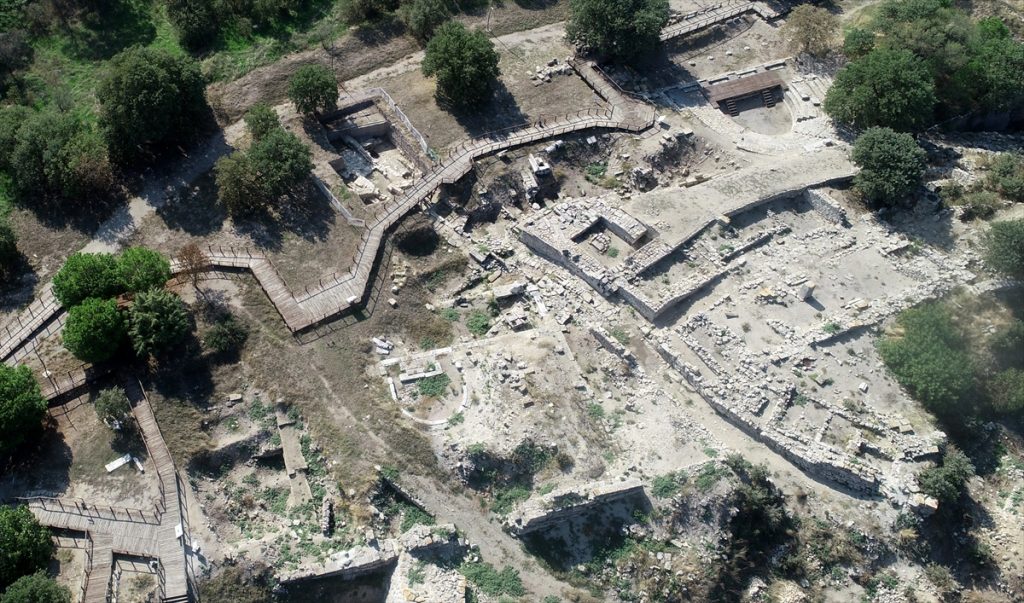
“We are trying to support the old excavation results a little more, especially the Korfmann period excavation results. We are currently excavating a Late Bronze Age entrance and an area like a city square. Undoubtedly, we will come across important surprise finds here in the coming weeks. One of our main goals here is to reach archaeological data belonging to the Late Bronze Age and Homeric Troy and perhaps the Trojan War.”



